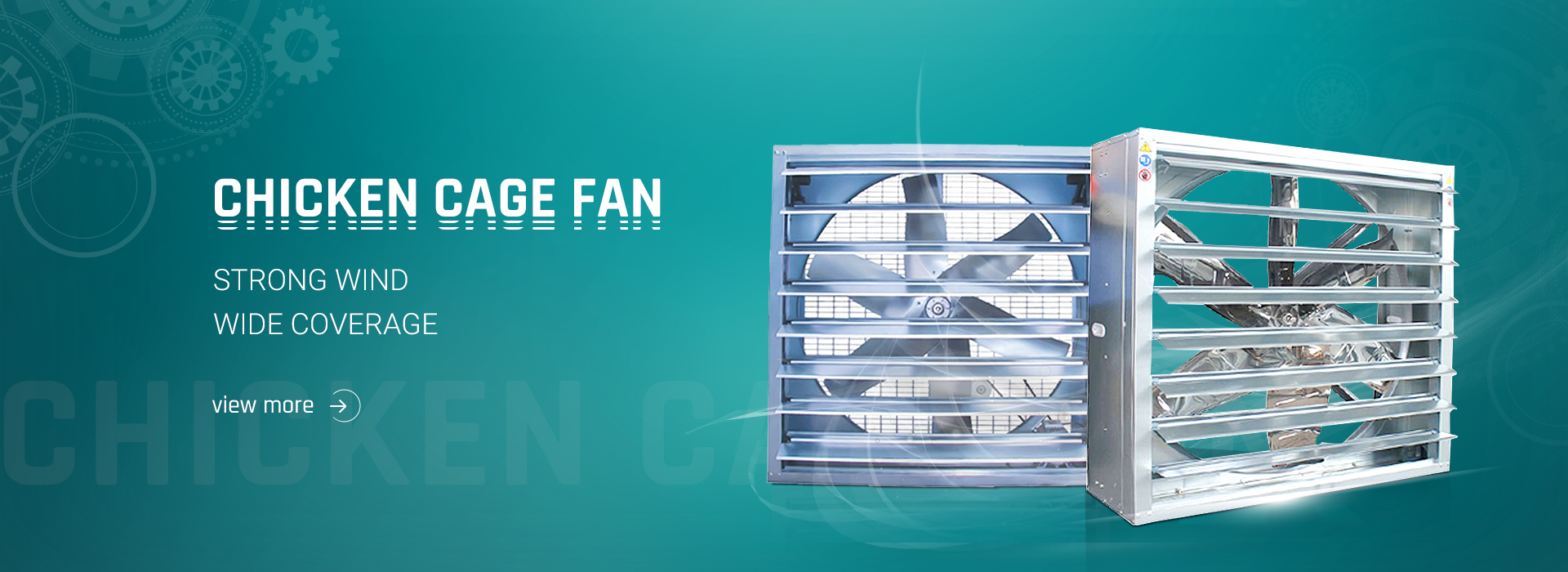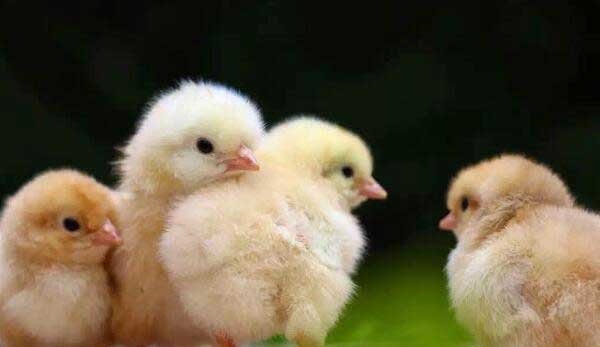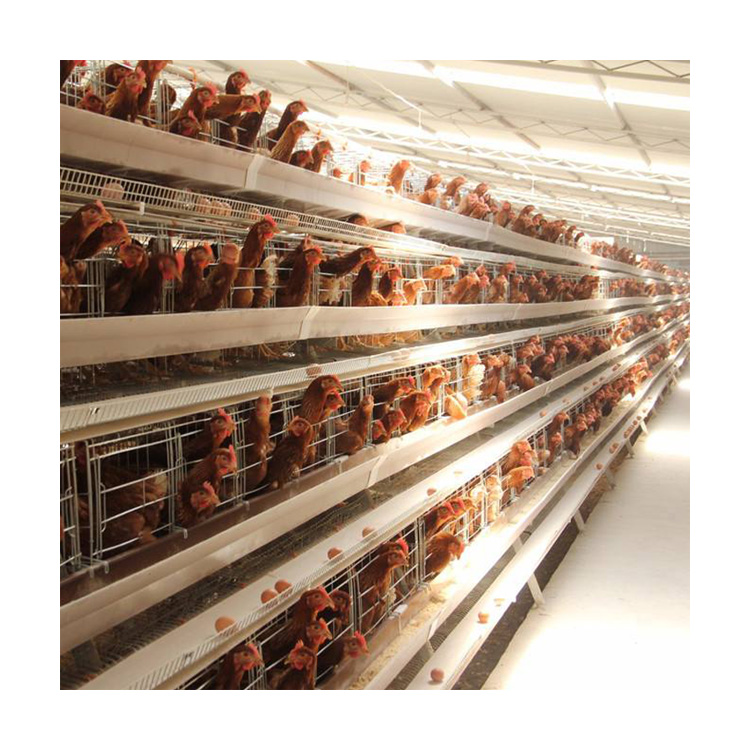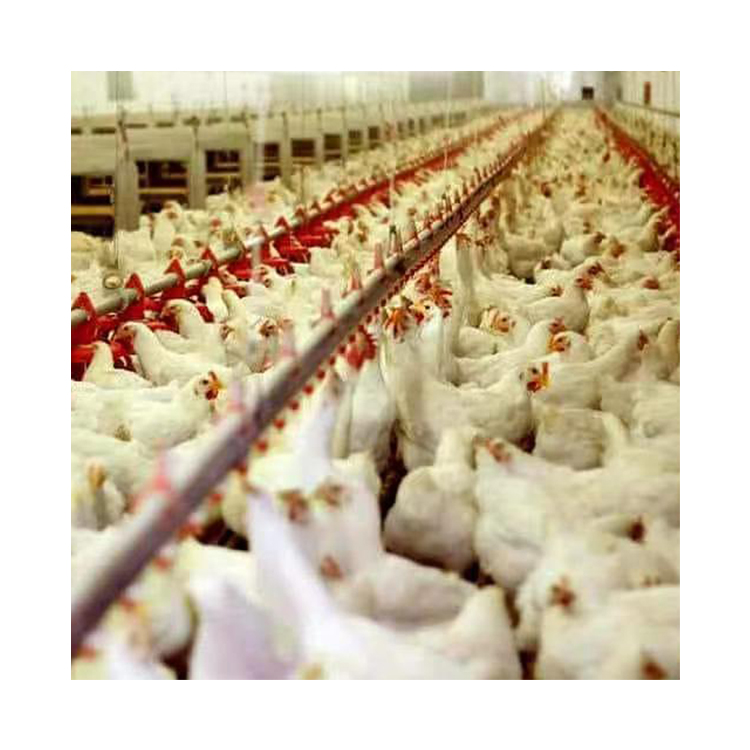1. Chicken coop: The location of the chicken coop needs to understand the local climatic conditions and sanitation and epidemic prevention, stay away from factors that are not conducive to epidemic prevention, do a good job in the planning and layout of the site, and choose an appropriate chicken coop construction model. 2. Chicken cages: assembly chicken cages, breeding chicken cages, breeding chicken cages, etc. 3. Drinking appliances: pumps, water towers, filters, limiting valves, drinking fountains, piping facilities, etc. 4. Feeding appliances: troughs, barrels, feeders, storage towers, etc. 5. Manure cleaning appliances: Generally, a traction type manure scraper and a conveyor belt can be selected for manure removal. 6. Other utensils: lighting facilities, thermometers, hygrometers, buckets, water scoops, syringes, feed, medicines, etc.
1. What do novice chickens need to prepare?
1. Chicken coop
The location of the chicken coop needs to understand the local climatic conditions and sanitation and epidemic prevention, and stay away from factors that are not conducive to epidemic prevention (such as main traffic lines, chemical plants, slaughterhouses, etc.). Do a good job in the planning and layout of the site, and avoid risks in a scientific and reasonable way for the construction and construction of the chicken coop. The cycle of adult roosters and free-range hens is different) and other factors, so choose the appropriate chicken house construction mode.
2. Chicken cage
Chicken cages for raising chickens are generally prepared for assembling chicken cages, breeding chicken cages, breeding chicken cages, etc. Among them, the assembled chicken cage is a form of assembling a single chicken cage into a cage group, including a full-step chicken cage, a half-step chicken cage, an overlapping chicken cage, and a single-layer parallel type. Breeding chicken cages generally use 2-3 layers of overlapping or semi-step cages. There are single-layer cages and two-layer artificial insemination chicken cages. The former is for natural mating of males and females in the same cage, and the latter is often used in artificial insemination chicken farms.
3. Drinking utensils
Common drinking water has pumps, water towers, filters, limiting valves, drinking fountains and piping facilities, etc., while the commonly used drinking fountains are long sinks, vacuum drinking fountains, nipple drinking fountains, cup drinking fountains, hanging tray drinking fountains, etc. Drinkers etc.
4. Feeding utensils
Common feeders include troughs, buckets, feeders, storage towers, etc. Among them, the trough can be made into large, medium and small size long troughs. Feeding buckets are commonly used feeding equipment in the modern chicken industry. The feeder is specially designed to solve the high labor intensity of chicken farm workers and the non-standard facility layout of medium and small chicken farms. The storage tower is generally located at one end or side of the chicken house, and the feed is sent to the feeding trough by the feeder.
5. Manure cleaning appliances
The manure cleaning tools generally can choose a traction type manure scraper and a conveyor belt for manure removal. Among them, the traction type manure scraper is mainly used for cleaning manure in one or more manure ditches on the same plane, and can also be used for linked manure removal upstairs and downstairs. Conveyor belt cleaning is often used for high-density overlapping cages. The excrement directly falls on the conveyor belt through the gap of the bottom net, which can save the manure bearing plate and the manure ditch.
6. Other utensils
Lighting facilities, thermometers, hygrometers, buckets, water scoops, syringes, feed, medicines, etc., all of which need to be adequately prepared. Generally, planning should be started 2 weeks before brooding.
The method of raising chickens
1. Select fine breeds
In chicken production, improved breeds are the basis for improving commodity rates, reducing production costs and improving economic benefits. Well-known local breeds with thin skin and thin bones, plump muscles, delicious meat, strong stress resistance, and small and medium-sized body with colored feathers should be selected.
2. Feeding management
Chickens have short digestive tracts, strong metabolism, and rapid growth and development. Therefore, they must be fed with nutritious and easily digestible feeds to meet their needs. Specifically, they can be fed with full-price mixed feeds according to the age, breed, type, weight, and use of chickens to meet the needs of chickens. their needs for various nutrients. Do small meals frequently to promote the growth and development of chickens. Free-range chickens generally allow the chickens to go out to eat grass, grass seeds, dead leaves, insects and flies, etc. to change the meat quality and reduce feed costs; captive chickens can be fed green fodder, corn, wheat, rice, sorghum, silkworm chrysalis, fish meal, Meat powder, etc.
3. Feeding management
Regularly clean and disinfect the chicken house, keep the chicken house dry and hygienic, prevent feces from contaminating the chicken house, and control the breeding density. Pay attention to observe the flocks, and promptly eliminate sick or low-yielding chickens. The feeding management system of “all in and all out” is adopted to facilitate disinfection, disease prevention and scientific management.
4. Strict epidemic prevention
According to the actual situation, formulate a strict and scientific immunization plan, mainly to do a good job in the prevention and treatment of chicken Marek’s disease, chicken Newcastle disease, chicken Gambauer disease, fowl cholera and chicken pox, and pay special attention to the prevention and control of coccidiosis, leukocytosis and digestive tract parasitic disease. Check frequently, if it happens, get rid of it in time, pay attention to choose broad-spectrum, high-efficiency, low-toxic anthelmintic drugs. It is also necessary to strengthen the preservation of feed to prevent diseases caused by mildew of feed.
Post time: Jun-29-2022






